By 2050, there could be more plastics than fish in the oceans!
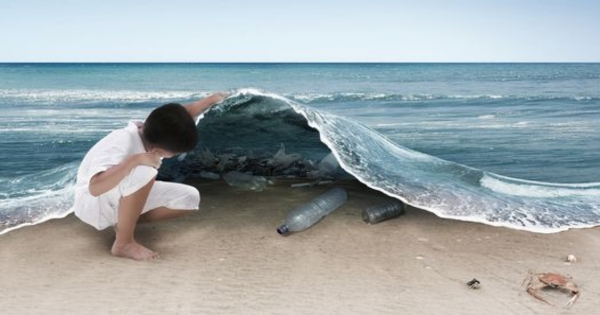
In a business-as-usual scenario, the ocean is expected to contain 1 ton of plastic for every 3 tons of fish by 2025, and by 2050, more plastics than fish (in terms of weight), according to a report by the World Economic Forum.
In a business-as-usual scenario, the ocean is expected to contain 1 ton of plastic for every 3 tons of fish by 2025, and by 2050, more plastics than fish (in terms of weight), according to a report by the World Economic Forum.
Nowadays, plastics are found in every aspect of our life, but unfortunately almost 1/3 of all plastic produced ends up into the environment – mainly the oceans -, according to the report of WEF titled 'The New Plastics Economy – Rethinking the future of plastics'. The report was made in cooperation with the Ellen MacArthur Foundation and McKinsey & Company.
Plastics in figures
Plastic production is constantly growing, and we are now producing 20 times more plastic than we did 50 years ago (mostly packaging). It is estimated that production will be doubled in the next 20 years and eventually, by 2050 we will be making more than 3 times as many plastic materials as we did in 2014.
Note: Production from virgin petroleum-based feedstock only (does not include bio-based, greenhouse gas-based or recycled feedstock)
Source: PlasticsEurope, Plastics – the Facts 2013 (2013); PlasticsEurope, Plastics – the Facts 2015 (2015).
Plastics Economy
Environmental consciousness aside, the numbers speak for themselves: 95% of plastic packaging is thrown after only one use, meaning that significant economic value ($80-120 billion) is lost in a blink! Although 14% of plastic is recycled, the rest ends up in landfills and in the environment (40% and 32% respectively), with a small percentage of 14% being processed through incineration. This amounts to 8 million tons of plastic (1 full truck per minute) ending up in our oceans each year. At this rate this will grow to 2 trucks per minute by 2030, and 4 trucks per minute by 2050!
The ratio of plastics to fish in 2014 was 1:5, but it is estimated to become 1:3 by 2025 and by 2050, there could be more plastic than fish.
In 2014, the plastic production accounts for 6% of global oil production and 1% of the global carbon budget, but it is estimated that it will account for 20% and 15% respectively by 2050.
Source: Plastics Europe; ICIS Supply and Demand; IEA World Energy Outlook (2015) global GDP projection 2013–2040, assumed to continue to 2050; Ocean Conservancy and McKinsey Center for Business and Environment, Stemming the Tide: Land-based strategies for a plastic-free ocean (2015); J. R. Jambeck et al., ‘Plastic waste inputs from land into the ocean’, Science (13 February 2015); IEA World Energy Outlook 2015 central ‘New Policies’ scenario oil demand projection 2014-2040, assumed to continue to 2050; J. Hopewell et al., ‘Plastics recycling: Challenges and opportunities’, Philosophical Transactions of the Royal Society B, 2009; IEA CO2 emissions from fuel combustion (2014); IEA World Energy Outlook Special Report: Energy and Climate Change (2015); Carbon Tracker Initiative, Unburnable Carbon (2013)
Want to read more like this story?

The plastic pollution problem in charts
Dec, 11, 2017 | NewsThe total volume of all plastic ever produced has been calculated at 8.3 bn tonnes (the equival...
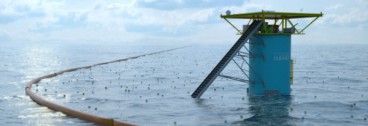
A floating structure aims to pull plastic from the world’s oceans
Jun, 10, 2016 | NewsThe project’s next big target is the obliteration of the Great Pacific Garbage Patch The pr...
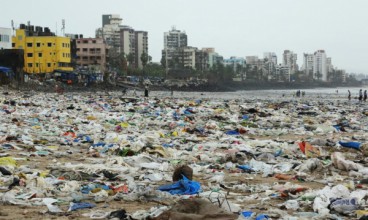
Indonesia pledges $1 billion annually to tackle ocean pollution
Mar, 22, 2017 | NewsThe country is the second largest plastic polluter in the world after China The country is the se...
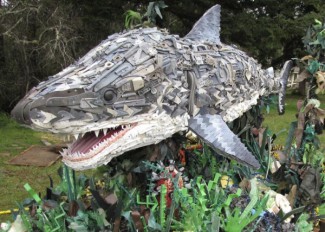
Giant sculptures made entirely out of plastic found on our beaches
Apr, 13, 2016 | NewsTime to reconsider the use and end-of-life management of plastic Time to reconsider the use and e...

A light aircraft flew more than 500 miles using fuel partially originated from plastic waste
Mar, 08, 2017 | NewsThe initiative ‘On Wings of Waste’ aims to raise awareness about plastic waste recycling...

New study shows that plastic waste can replace sand in concrete
Sep, 21, 2018 | NewsAccording to researchers from Bath University, waste plastic can replace some of the sand used in co...

Want to start your own business? Try a plastic recycling workshop!
Apr, 18, 2016 | NewsA 28-year old Dutch has developed machines to recycle plastic, and their blueprints are free on line...
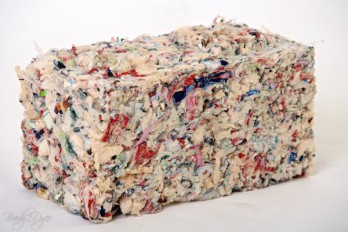
Building houses out of plastic waste
Sep, 19, 2016 | NewsA portable machine turns used plastic into bricks A portable machine turns used plastic into bric...

Scientists convert waste plastics into high-value carbon materials
Nov, 01, 2025 | NewsResearchers from Shenyang Agricultural University, the Guangzhou Institute of Energy Conversion (Ch...
Trending

Taipei 101’s impressive tuned mass damper

The Line at Neom faces feasibility reassessment while construction continues

Morocco Implements Landmark Dam Perforation to Combat Water Stress in Marrakech

Characteristics of Load Bearing Masonry Construction

Dutch greenhouses have revolutionized modern farming

Aging bridge breaks in two in Madhya Pradesh, injuring four

Huawei advances unified mining networks across South America

